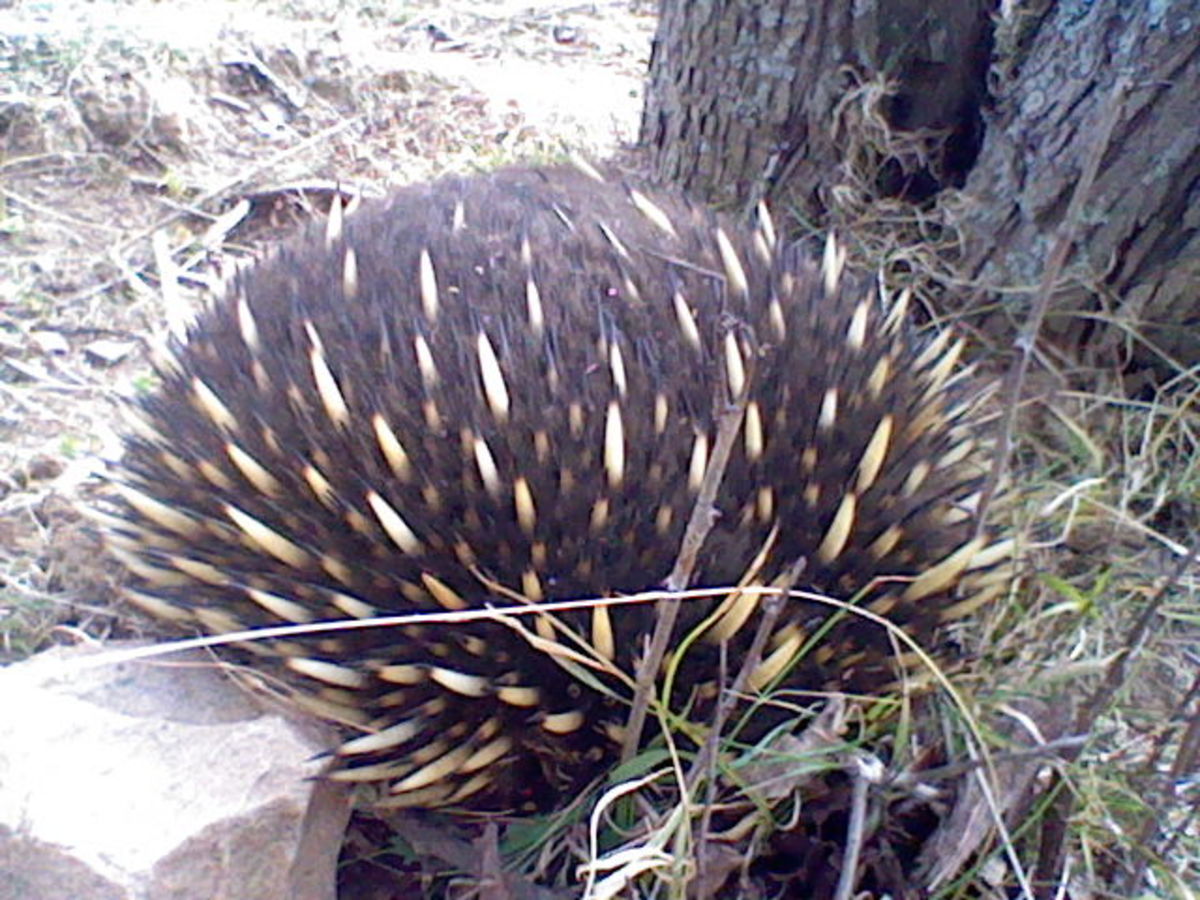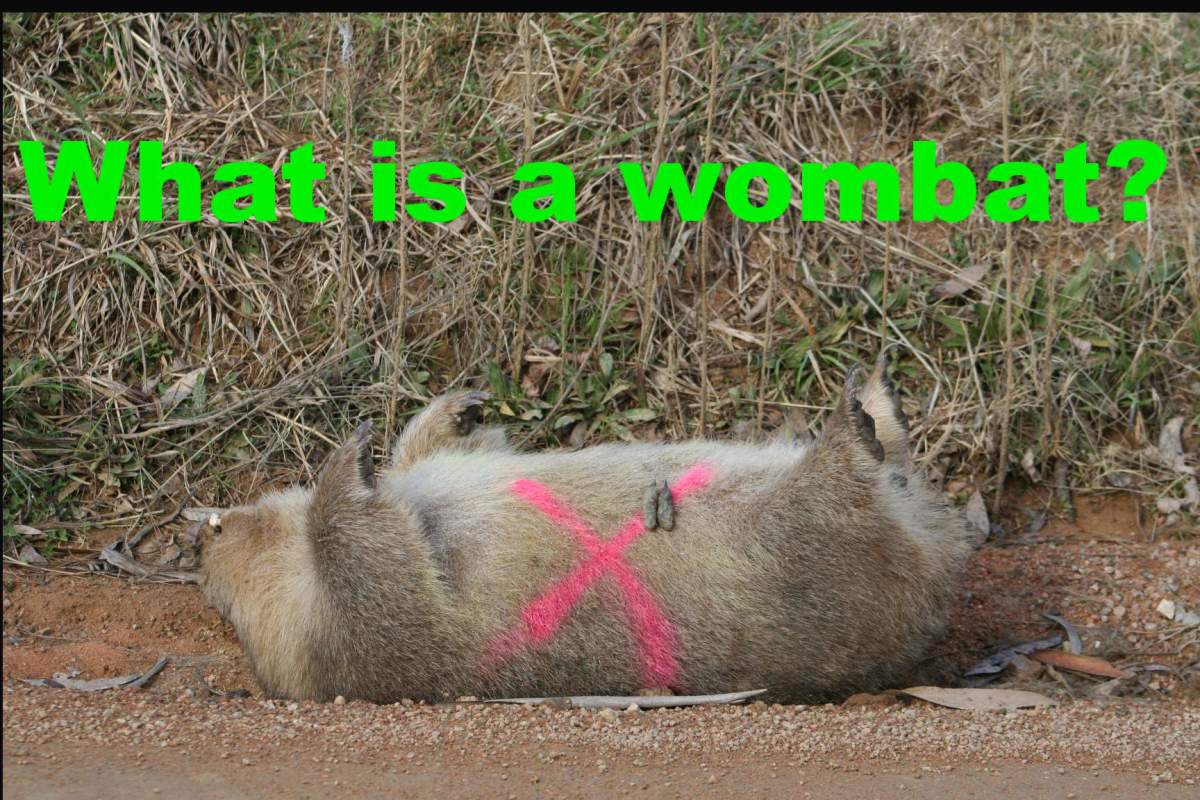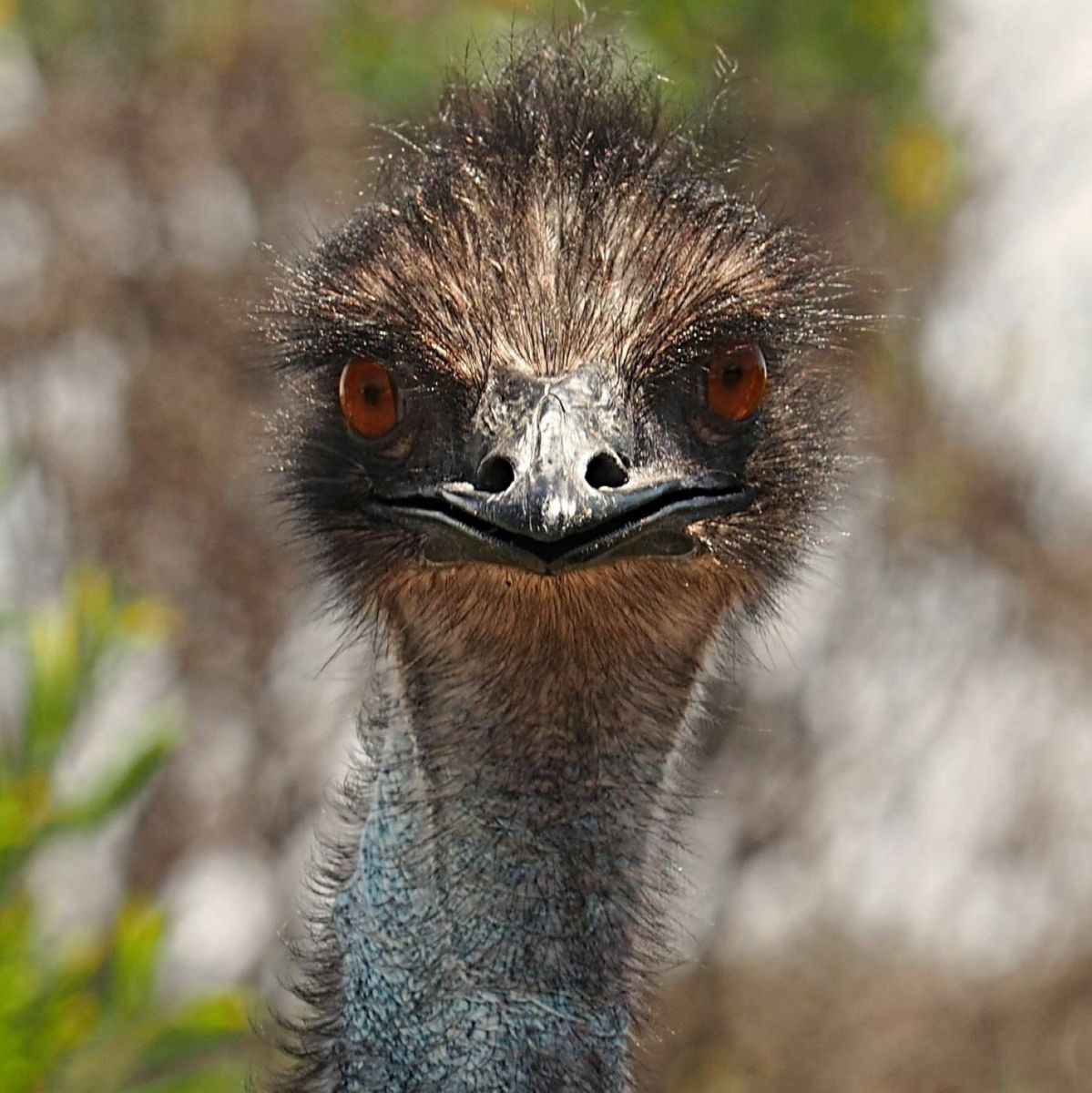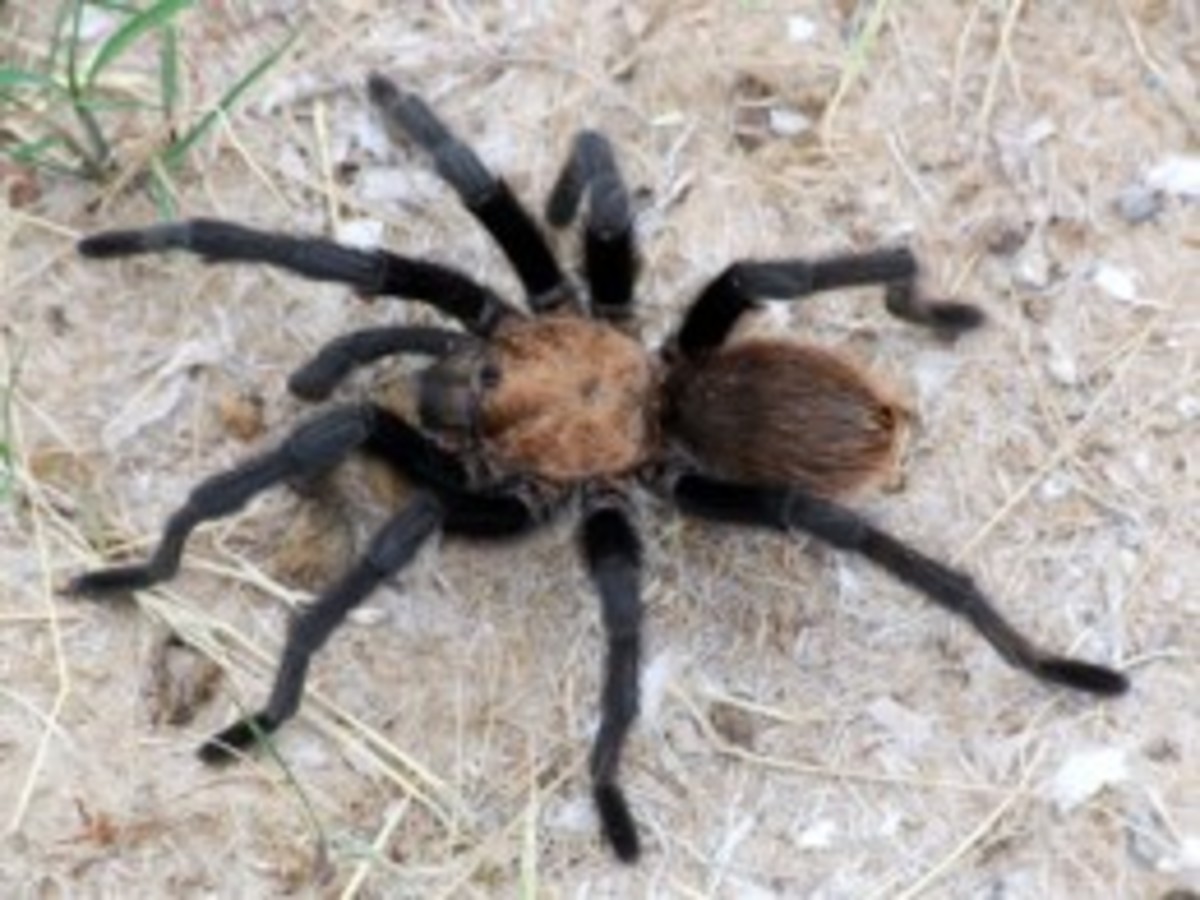Australia's Most Dangerous
Australia is a beautiful country. The landscape is breathtaking. But, the animals that live here can be very deadly. If you plan on travelling down under, as well as seeing all the cuddly marsupials like Kangaroos, Wombats and Koalas, as well as the beautiful beaches, the vast red outback, the wine or alpine regions, or the tropics in the north and mountains in the south, it's best to take note of some of the more dangerous creatures that inhabit our shores.
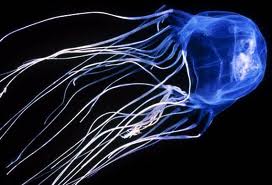
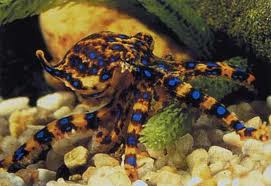
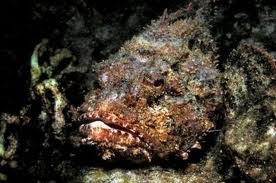
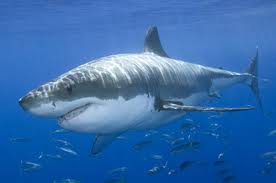
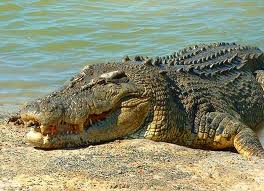
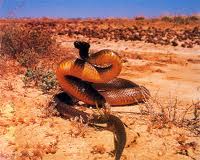
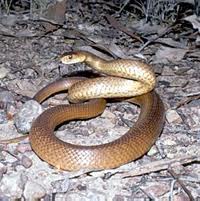
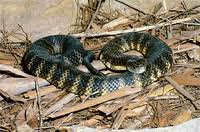
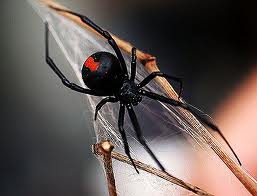
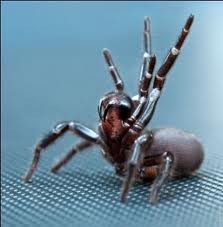
- The Box Jellyfish - is one of the most extremely lethal animals in the world. They are found on the coast alongside the great barrier reef and have an extremely powerful venom and their sting is horribly painful and often fatal. If travelling around this area and frequenting the sea side, make sure that you carry a bottle of vinegar for any jelly fish stings. Apply the vinegar to the sting for 30 seconds and then remove the tentacles with a towel. This should reduce the damage, but you will need to seek medical treatment as soon as possible.
- Blue Ringed Octopus - Another serious threat for those wanting to explore the beautiful waters of Australia is the Blue Ringed Octopus. It is one of the most toxic sea creatures in the world and is found off the coast of Australia, New Guinea, Indonesia and the Philippines. The octopus is only the size of a golf ball, but unfortunately there is no known antidote for it's powerful venom. Once stung by this tiny creature, it causes motor paralysis and eventually cardiac arrest.
- Stone Fish - This fish lives on the bottom of the reef and resembles a stone, hence it's name. But don't be fooled, this fish is known as the most venomous fish in the world. It lives above the tropic of Capricorn, but can be found along the great barrier reef off the Queensland coast. Along it's dorsal area there are 13 spines which is where the venom comes from. When stung, it causes shock, paralysis and tissue death.
- Great White Shark - Known as the worlds largest predatory fish, the great white (or white death) can be found in large numbers along the southern coasts of Australia. The great white causes about 2 deaths per year, but there are many close calls with surfers and swimmers being attacked.
- Saltwater Crocodile - Growing up to 5.5 meters (18 feet) long, the saltwater crocodile is the largest member of the reptilian family. Found in Thailand, Vietnam and Northern Australia, they have been known to take large animals such as water buffalo and have often attacked people. Able to camouflage itself well on land and in the water, it strikes at an amazing speed. Using a "death roll", it grips it's prey tightly in it's large jaws and rolls until it dies.
- The Taipan - The Taipan is a large, fast and very venomous snake. It has the most toxic venom out of all the species in the world. It has a dark brown colour and can be found in cane fields searching for rats. Usually found in the far north of Australia, it can also be found in Queensland, the Northern Territory and Western Australia. While they tend to stay away from people, if cornered or threatened they will strike several times. Death can occur within 30 minutes of being bitten, so it is vital to seek treatment right away.
- Brown Snake - There are two types of brown snakes in Australia, and both are highly venomous. The Eastern Brown, considered the second most venomous land snake, and the King Brown. The brown snakes can be easily alarmed and may bite if approached closely or threatened. They rear up and strike out repeatedly. Both snakes can kill if the bite is not treated.
- Tiger Snake - The Tiger snake is yet another of the worlds most deadly snakes that can be found in Australia. They are particularly found in the southern areas, but tend not to be generally aggressive and will retreat when they have the chance. Even though there is anti venom, the mortality rate of the Tiger Snake is around 45% if not treated.
- Red Back Spider - This species can be found all over the continent of Australia, and is one of the most famous of all of the poisonous creatures. Recognised by the red stripe on it's back, it has a neurotic venom that produces severe pain if bitten, although death is rare. Thousands of people are bitten but only about 20% of victims require treatment. Generally it is young children and the elderly that are at most risk from it's bite.
- Funnel Web Spider - The funnel web spider resembles that of a tarantula and have fangs that can penetrate fingernails and shoes. Found on the eastern coast of Australia, New South Wales, Queensland or Victoria, it is often called the "Sydney Funnel Web" for it's common location, and is considered the worlds deadliest spider. It is a very aggressive spider if provoked and when they bite they deliver a full envenomation and will strike repeatedly. For this reason it is advised not to approach them.



